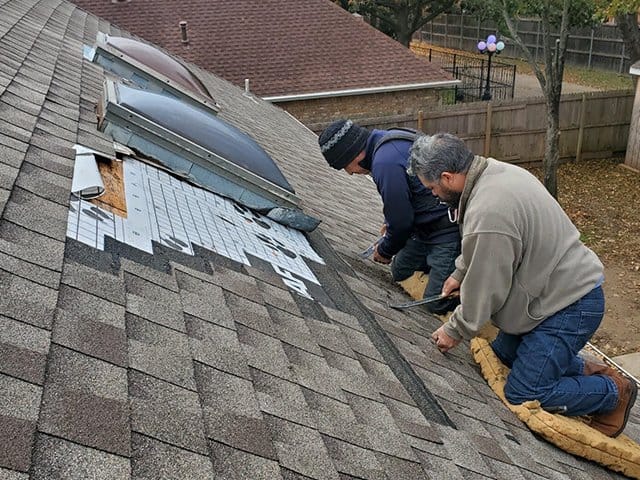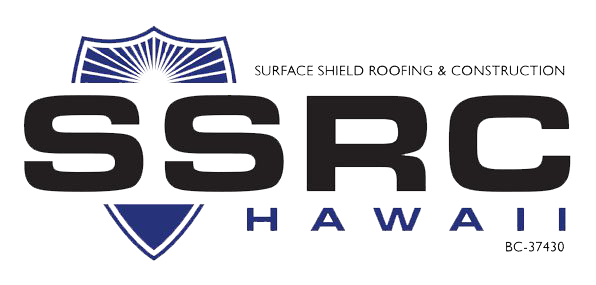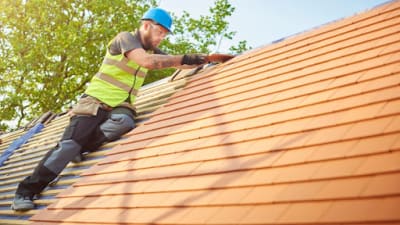Understanding the Various Sorts Of Roof Coverings: A Comprehensive Guide for Homeowners
With a range of alternatives-- varying from the conventional gable to the modern flat-- each type offers special benefits and difficulties that must align with the homeowner's environmental considerations and certain requirements. As we explore the ins and outs of different roof types, it comes to be noticeable that one size does not fit all; the best option might surprise you.
Gable Roofs
Saddleback roofs, defined by their triangular form, are among one of the most prominent roof covering styles due to their simplicity and efficiency in shedding water and snow. This style includes 2 sloping sides that satisfy at a ridge, enabling efficient water drainage and minimizing the risk of water buildup. The steep pitch generally linked with saddleback roofs boosts their ability to handle hefty rainfall, making them suitable for various environments.
In addition to their useful benefits, gable roofs offer visual flexibility. They can be adapted to different architectural designs, from traditional to modern-day homes. The design can also accommodate added features such as dormer windows, which enhance natural light and air flow in the attic room room.
Furthermore, saddleback roofs offer enough area for insulation, adding to energy effectiveness. Property owners can pick from a variety of roof products, including asphalt shingles, steel, and floor tiles, even more boosting modification options.
In spite of their advantages, gable roof coverings may require additional support in locations prone to high winds or heavy snowfall. In general, the saddleback roof stays a preferred option as a result of its mix of functionality, sturdiness, and visual allure.
Apartment Roofs
Level roof coverings are typically recognized for their minimal design and useful applications, particularly in commercial and industrial settings (oahu roofing). These roofs feature a horizontal or almost straight surface, which enables easy construction and flexible space usage. While they might lack the aesthetic allure of pitched roofs, flat roofings supply countless benefits, especially in metropolitan atmospheres where maximizing area is essential
One of the key advantages of level roofs is their access. House owners can utilize the roofing room for different purposes, such as rooftop gardens, terraces, or photovoltaic panel installments. In addition, flat roofing systems are typically extra cost-effective to preserve and mount contrasted to their sloped counterparts, as they need less materials and labor.
Nonetheless, level roofs do present certain obstacles. Correct drain is important to prevent water pooling, which can bring about leakages and architectural damage. Thus, picking high-grade waterproofing products and routine evaluations are important for ensuring longevity. Usual products made use of for level roofing systems consist of built-up roof (BUR), modified asphalt, and single-ply membranes, each offering distinctive advantages. Generally, level roofing systems offer as a versatile and useful option for lots of property owners and organizations alike.
Hip Roofing Systems
Hip roofs are identified by their sloped sides that assemble at the top, developing a ridge. This design stands out from saddleback roofs, as all four sides of a hip roofing slope downwards toward the walls, supplying an extra secure structure. The angle of the slopes can vary, permitting for versatility in architectural visual appeals and functionality.
Among the key advantages of hip roofs is their capability to endure heavy winds and unfavorable climate condition. The sloped surfaces enable much better water drain, decreasing the danger of leakages and water damages. original site Furthermore, hip roof coverings offer boosted attic room area, which can be utilized for storage space or even transformed right into habitable locations.
However, creating a hip roofing system can be much more pricey and complicated than easier roof covering kinds, such as gable roofs. The additional material and labor included in producing the inclines and making sure correct architectural honesty can bring about greater expenditures. Despite these disadvantages, lots of property owners prefer hip roofs for their resilience, aesthetic allure, and capacity for power efficiency.
Mansard Roof Coverings
Mansard roofs, commonly acknowledged by their unique four-sided style, function 2 slopes on each side, with the reduced slope being steeper than the upper. This building style, originating from France in the 17th century, is not just visually attractive however practical, as it makes best use of the usable room in the upper floors of a building. The high reduced slope permits even more clearance, making it an optimal selection for lofts or attics, which can be transformed right into living rooms.
Mansard roof coverings are defined by their versatility, suiting numerous building designs, from traditional to modern. They can be constructed with different materials, including asphalt roof shingles, slate, or steel, providing home owners with a variety of options to suit their budgets and choices. Additionally, the style permits the integration of dormer home windows, boosting natural light and air flow in the top levels.
Nonetheless, it is necessary to take into consideration the prospective disadvantages. Mansard roof coverings may call for even more Related Site upkeep because of the complexity of their style, and their steep slopes can be testing for snow and rainfall runoff. Generally, mansard roofs combine beauty with usefulness, making them a preferred option amongst house owners looking for unique architectural features.
Shed Roof Coverings
As homeowners significantly seek simplicity and capability in their building styles, shed roof coverings have emerged as a prominent selection. Defined by a solitary sloping airplane, a shed roof offers a minimalist aesthetic that enhances various home styles, from contemporary to rustic.
Among the primary advantages of a shed roof is its straightforward construction, which typically equates to decrease labor and material costs. This style enables reliable water drain, lowering the risk of leaks and water damages. Furthermore, the vertical slope offers sufficient room for skylights, enhancing all-natural light within the interior.
Shed roofings also provide flexibility in regards to use. They can you could try these out be efficiently integrated right into additions, garages, or outside structures like pavilions and sheds. Furthermore, this roofing system style can suit numerous roof products, including metal, asphalt shingles, or perhaps environment-friendly roofings, straightening with environmentally friendly initiatives.
Nonetheless, it is necessary to consider regional environment conditions, as heavy snow lots may necessitate changes to the roofing system's angle or framework. In general, shed roof coverings offer a practical and aesthetically pleasing option for property owners seeking to make the most of functionality without jeopardizing design.
Verdict


Gable roofing systems, characterized by their triangular shape, are among the most prominent roof covering designs due to their simpleness and effectiveness in losing water and snow. oahu roofing. The high pitch typically linked with gable roofing systems enhances their capacity to handle hefty precipitation, making them ideal for different environments
While they may do not have the aesthetic allure of pitched roofs, flat roofing systems supply various advantages, specifically in city environments where taking full advantage of space is crucial.
